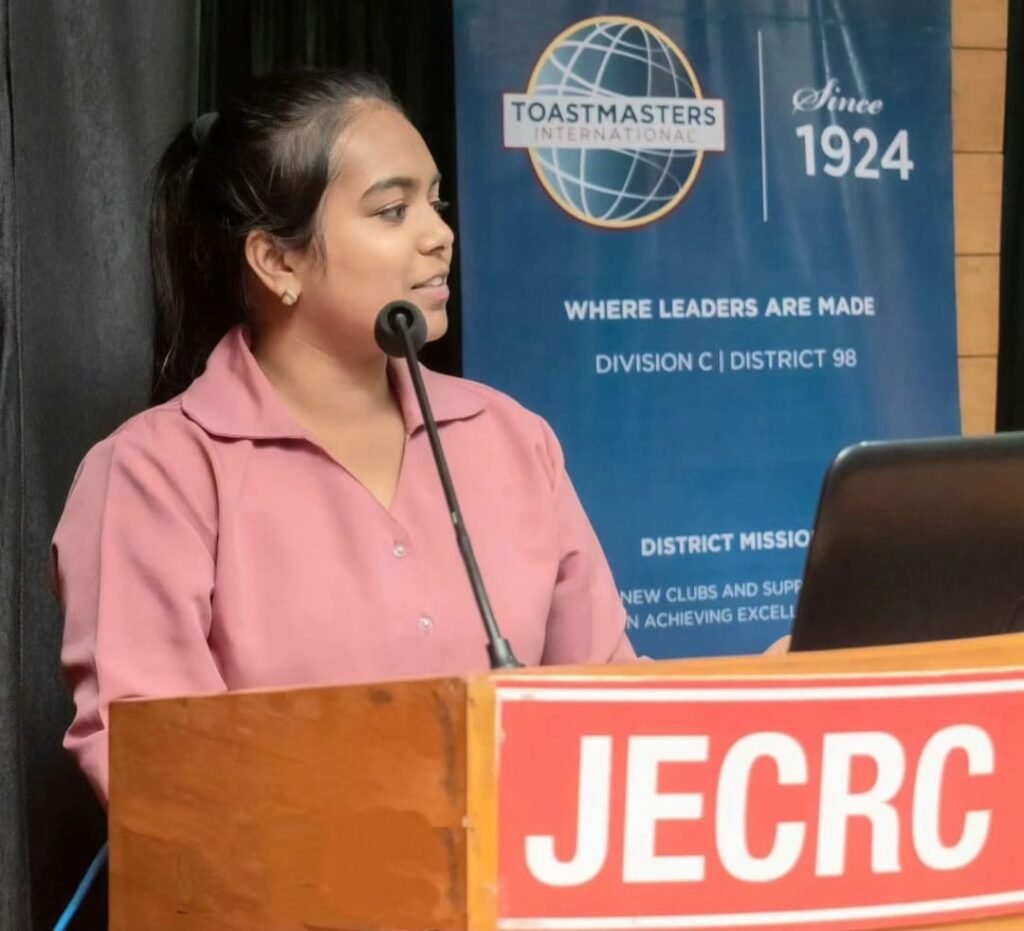
Have you ever wondered what a Project Manager (PM) actually does in a typical 10 AM to 7 PM workday?
The role goes far beyond scheduling meetings or tracking deadlines. It involves balancing communication, planning, and execution while keeping multiple stakeholders and teams aligned.
Whether managing tasks on Jira, Linear, Notion, Asana, or ClickUp, leading Scrum sessions, or coordinating with clients across time zones (especially the US), every PM’s day is a mix of structure, adaptability, and teamwork.
Here’s what a typical day might look like, depending on your team setup and client base.
10:00 AM: Starting the Day with Team and Client Updates
Most PMs begin their day by checking team and client communication tools such as Slack, Microsoft Teams, Gmail, Zoom, or whichever platform their organization prefers. The goal is to get a clear understanding of where things stand before the day gains momentum.
Common morning tasks include:
• Reviewing updates from developers, designers, and QA teams
• Checking project dashboards or sprint boards in Jira, Linear, or Notion
• Prioritizing tasks and planning the day’s focus areas
• Identifying blockers that may need attention in the upcoming stand-up meeting
If your clients are in another time zone, such as the US, you may also plan your schedule to ensure overlapping hours for communication later in the day.
11:00 AM: Daily Scrum or Team Stand-Up
The daily Scrum or stand-up is a short team sync that sets the rhythm for the day.
Each member quickly shares:
What they completed yesterday
What they are focusing on today
Any blockers or dependencies
The PM facilitates the discussion, notes any issues, and ensures everyone understands the priorities. This short meeting keeps the entire team aligned and focused, regardless of whether your team follows Agile, Kanban, or a hybrid workflow.
12:00 PM: Deep Work and Action Items
After the team sync, PMs usually move into focused work time.
This is when they handle activities that keep the project organized and stakeholders informed.
Typical tasks include:
• Updating project timelines and trackers
• Reviewing deliverables or documentation
• Coordinating across teams to remove dependencies
• Preparing updates for clients or internal teams
• Monitoring progress in Jira, Linear, or Notion
This time is all about turning plans into progress and ensuring accountability.
1:00 PM: Lunch and Team Conversations
Lunch is not just a break. It is also an opportunity to build relationships and encourage open communication.
A quick chat with a developer, designer, or QA lead can surface potential concerns or spark creative ideas.
These informal interactions help strengthen team culture and improve collaboration.
2:00 PM: Client Communication and Collaboration
Client communication is one of the most important aspects of a PM’s day. It does not always happen at a fixed time but rather throughout the day based on availability and time zones.
Key communication activities include:
• Sharing project status updates and progress reports
• Reviewing deliverables and gathering feedback
• Discussing scope, timelines, and next steps
• Ensuring all stakeholders are aligned and expectations are clear
For PMs working with international clients, especially in the US, afternoons often overlap with their working hours. Planning calls and sending updates at the right time helps maintain a smooth collaboration.
4:00 PM: Problem Solving and Stakeholder Alignment
By late afternoon, the PM’s focus often shifts to issue resolution and coordination between teams.
This part of the day is about maintaining momentum and ensuring that challenges do not disrupt delivery.
Typical responsibilities include:
• Addressing blockers raised during Scrum or throughout the day
• Coordinating between design, development, and QA teams
• Communicating updates to stakeholders or clients
• Adjusting priorities or timelines when needed
Strong stakeholder management ensures that everyone remains informed, confident, and engaged even when projects face challenges.
6:30 PM: Wrap-Up and End-of-Day Updates
As the day comes to an end, PMs focus on closing tasks, reviewing progress, and preparing for the next day.
End-of-day activities often include:
• Updating project boards and dashboards
• Sending internal and client summaries
• Reviewing what needs attention the following day
• Checking communication channels for any final updates
However, if you work with clients in different time zones, such as the US, your day may not always end at 7 PM.
Once their workday begins, you might need to send end-of-day reports, respond to feedback, or attend quick sync calls.
Flexibility and time management play a key role in maintaining effective global collaboration.
Final Thoughts
Every Project Manager’s day looks different, depending on the company, team, and client structure.
Yet, one thing remains constant: a PM’s ability to communicate clearly, coordinate effectively, and maintain order in fast-moving environments.
Behind every successful delivery is a Project Manager turning complexity into clarity and ensuring that people, projects, and timelines all move forward together.
If you found this article insightful and would like to connect or share your experiences in project or product management, reach out to Malika Singal on LinkedIn.
Let’s connect, collaborate, and continue the conversation about building great products and stronger teams.


